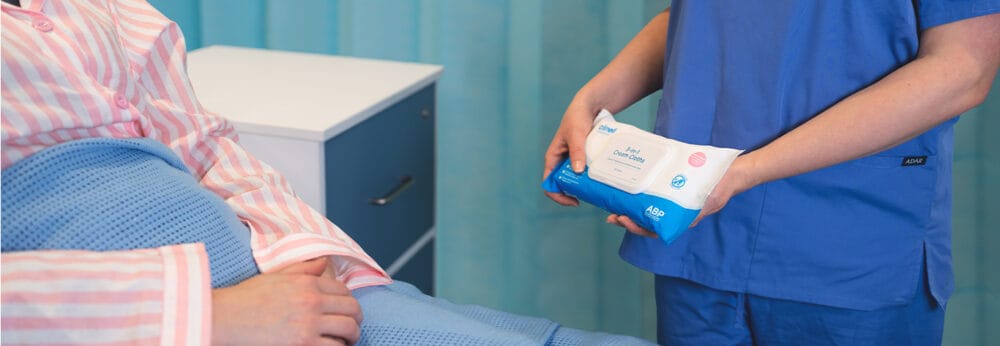Posted
7th August 2015
Research
If you were to put chlorhexidine and CRE in the ring, who would win?
On the face of it, you’d back CRE. Afterall, it’s carried in the gut; applying chlorhexidine to the skin won’t have a hope of decolonising the gut. True, but what is the mechanism of transmission of a gut-dwelling organism?Probably, contamination is spread from the gut to the patient’s skin, then picked up on staff hands or equipment resulting in a risk for onward transmitted. So, although chlorhexidine isn’t going to decolonise a CRE carrier, it may reduce their burden of skin coloinisation and hence reduce the transmission risk. An additional challenge for chlorhexidine when dealing with CRE is that Gram-negative bacteria are inherently less susceptible to chlorhexidine than Gram-positive bacteria (such as MRSA) due to the structure of their cell wall.A study pitting chlorhexidine against CRE was performed in long-term acute care hospital patients in Chicago recently. Five skin sites were sampled before and after CHG application from 62 patients treated daily with chlorhexidine. Just over half of these patients (56%) had skin colonisation with CRE at the start of the study (despite already being bathed daily with chlorhexidine). After chlorhexidine bathing, only 32% of the patients had skin colonisation with CRE, with a significant reduction in the proportion of all sites combined, and 4/5 sites individually noted.The concentration of chlorhexidine on the skin was measured before and after the application of chlorhexidine. Unsurprisingly, the concentration on the skin was higher after application of chlorhexidine than before (312.5 vs. 78.1 mg/L). However, worth noting that the concentration of chlorhexidine measured on the skin, even immediately after application, was considerably lower than the concentration of chlorhexidine applied. Since the MIC90 of chlorhexidine against a collection of CRE was 128 mg/L, the concentration one day after application may have been too low to be effective. In support of this, a skin concentration of <128 mg/L was a risk factor for skin colonisation with CRE. Perhaps this argues for more frequent application of chlorhexidine?This study does not demonstrate that using chlorhexidine daily bathing reduces the transmission of CRE. However, it does demonstrate neatly that the transmission risk is reduced.
SHARE THIS ARTICLE
Tags
Latest News
Advancing Continence Care with Clinell Contiplan: Expanded Indications, Pathways and Proven Outcomes
This World Continence Week, Clinell Contiplan 3-in-1 Cream Cloths introduce…
Celebrating 20 Years of GAMA Healthcare: Our Story
This month, GAMA Healthcare celebrates 20 years of helping prevent…
Norovirus and gastroenteritis outbreaks, the party ‘pooper’ you don’t want invited!
Recently, on 11 October 2024, NSW Health issued a health…
Clean Between to Reduce Healthcare-Associated Infections
Healthcare-associated infections (HAIs) are a significant concern for healthcare facilities…



